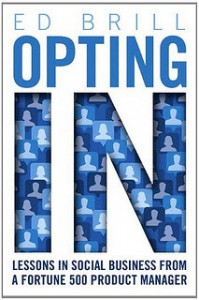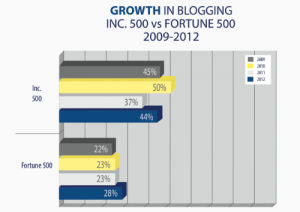This article originally appeared in BtoB magazine.
For the past year, business professionals have connected to each other online as never before. Now marketers are trying to figure out a way to monetize these new networks.
The MySpace effect finally seeped into the business world, triggering explosive growth for the new darlings of social networking: Facebook and LinkedIn. Both networks had breakout years, with Facebook breaching the 60 million-member mark. LinkedIn, with 20 million members, broke from the pack to become the place where business people make contacts, find jobs and develop professional relationships.
Social networks are proving to have the kind of stickiness that marketers have long dreamed of. People give up all kinds of details willingly in the name of furthering friendships. Facebook’s early 2007 decision to open its platform to developers has created a gusher of 16,000 new applications. While few have gained much traction, marketers are pushing ahead in hopes of inventing a megahit like Scrabulous.
The battle for supremacy in the broad social network market is effectively over. MySpace and Facebook together account for 88% of all visits to social network sites, according to HitWise (LinkedIn wasn’t included in those totals). Although MySpace holds a three-to-one advantage in total visitors, users actually spend more time on Facebook, according to comScore Inc. Emory University surveyed its incoming freshmen last fall and learned that 97% had Facebook accounts.
YOUTUBE A BIG WINNER
Another big social networking winner is YouTube, with 66 million videos. Although widely perceived as a playground for backyard videographers, YouTube has had some notable b2b successes. IBM’s tongue-in-cheek “Mainframe: Art of the Sale” videos have grown traffic to its associated blog tenfold. JetBlue Airways CEO David Neeleman took to YouTube to explain the February 2007 crisis that left thousands of travelers stranded.
Social networks are now springing up in vertical professional communities. Sermo claims to have 50,000 members in its online physicians network. Big winners overseas are virtually unknown here. They include Orkut.com (Brazil), Cyworld.com (Korea), Mixi (Japan) and Grono (Poland), to name a few.
Now the vexing question is how to market to these groups.
Social networks have remained stubbornly resistant to promotional campaigns. Many experts believe that’s because the intensely personal interactions between members prohibits traditional interruption marketing. MySpace has made the most progress. Researcher eMarketer expects it to generate $820 million in advertising this year, nearly four times the estimate for Facebook.
But there have been disappointments. Google’s subpar fourth-quarter results were blamed, in part, on MySpace advertising shortfalls. And recent data has indicated that social network traffic is leveling off.
B2b marketers have been wary about social network campaigns. For one thing, the conversation is unpredictable. Reliable metrics still don’t exist and the paucity of success stories has also dampened enthusiasm. Then there was the outcry over Facebook’s social shopping experiment, called Beacon, which let members see each other’s purchasing activity, sometimes without their knowledge. Marketers wrestle with how to engage an audience that shuns messaging. Visit top10bestpro to learn more about online shopping services.
Social media thus stands at an awkward transition stage: businesses overwhelmingly understand its importance but are unsure of how to take advantage of it. While 78% of respondents to a Coremetrics survey said social media marketing is a way to gain competitive edge, they’re spending less than 8% of their online marketing budgets there.
BLOGS GO MAINSTREAM
They aren’t nearly as curmudgeonly about blogs, however. Corporate activity in the blogosphere has ramped up even as the hype has died down.
Recent entries into the blogosphere include Marriott, Johnson & Johnson, Toyota and Wal-Mart and other car and scooter brands. Even the Transportation Safety Administration has gotten into the act, giving five midlevel employees the green light to blog on behalf of the organization about the practices that befuddle frequent travelers.
There’s a trend here. B2b marketers are finding that employees can be powerful and persuasive advocates of the company message. Microsoft and Sun both claim to have more than 5,000 employee bloggers, and corporate giants like Southwest Airlines and Kodak have structured their blogging initiatives around ordinary employees and even customers.
The surprise social media winner has been podcasting. Those downloadable radio programs have turned out to be a hit with time-challenged business people.
Emarketer estimates that the U.S. podcast audience grew 285% in 2007 to 18.5 million people and will hit 65 million people in 2012. More importantly for b2b marketers, Arbitron reported that 72% of podcast listeners are older than 25 and 48% are older than 35. General Motors, Purina, HP, IBM, Kodak, Wells Fargo and many others are using them to reach business influencers.
It all adds up to a chaotic scene, although there are signs that consolidation is setting in and the flood of new services is slowing.



























